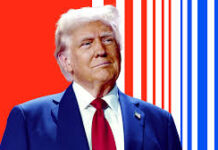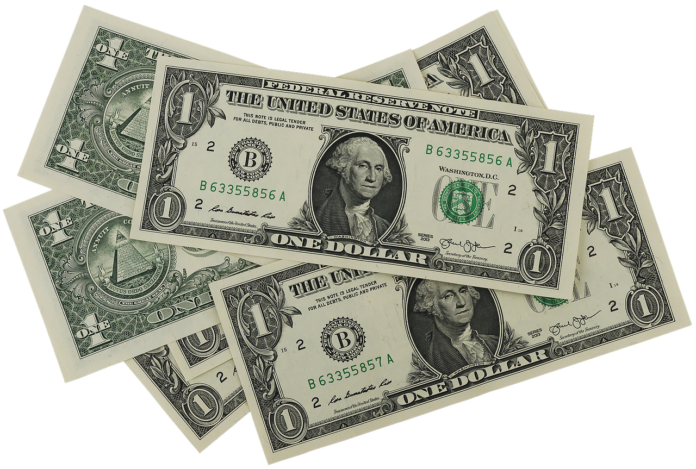This relationship, known as the Triffin dilemma, suggests that the country issuing the world’s primary reserve currency must run persistent trade deficits to supply the world with enough of its currency[2]. However, the continued focus on reducing the trade deficit through measures like tariffs suggests there may be other motivations at play.
The Reserve Currency Conundrum
The dollar’s role as the dominant global reserve currency creates a structural trade deficit for the United States[1][2]. This occurs because:
1. Global demand for dollars forces the US to provide liquidity to the world.
2. Foreign entities accumulate dollars, reducing the amount available for purchasing US exports.
3. The US must run a trade deficit to ensure a sufficient supply of dollars in the global financial system.
The Futility of Tariffs
Given this structural reality, economists argue that attempting to eliminate the trade deficit through tariffs or other trade barriers is likely to be counterproductive[1]. Such measures may simply result in trade diversion, shifting deficits from one trading partner to another without addressing the underlying macroeconomic conditions[1].
Alternative Motivations
If academics understand that the trade deficit is a natural consequence of the dollar’s reserve status, why do policymakers continue to focus on reducing it? Several potential reasons emerge:
1. **Political appeal**: Trade deficits are often portrayed as a loss for the domestic economy, making their reduction a politically attractive goal.
2. **Job protection**: Some industries may lobby for trade barriers to protect domestic jobs from foreign competition.
3. **National security concerns**: There are arguments that reliance on foreign producers for certain goods could pose security risks[2].
4. **Addressing unfair practices**: While tariffs may not eliminate the overall deficit, they might be used to target specific countries accused of unfair trade practices.
5. **Negotiating leverage**: The threat of tariffs or other trade measures can be used as leverage in international negotiations.
6. **Domestic economic stimulation**: Policies aimed at reducing the trade deficit might be intended to boost domestic production and employment.
Conclusion
While US academics understand the relationship between the dollar’s reserve currency status and the trade deficit, the continued focus on deficit reduction through tariffs and other measures suggests a complex interplay of economic, political, and strategic motivations. Policymakers may be pursuing these policies for reasons beyond simple deficit reduction, even if such efforts are unlikely to significantly alter the overall trade balance as long as the dollar remains the world’s primary reserve currency.
By George Prince
Citations:
[1] https://crsreports.congress.
[2] https://qz.com/1266044/why-
[3] https://www.cfr.org/
[4] https://www.stlouisfed.org/
[5] https://www.stlouisfed.org/on-
[6] https://www.epi.org/
[7] https://www.brookings.edu/wp-
[8] https://www.epi.org/
[9] https://www.federalreserve.
[10] https://www.investopedia.com/
[11] https://www.federalreserve.
[12] https://www.investopedia.com/
[13] https://www.investopedia.com/
[14] https://www.investopedia.com/
[15] https://www.imf.org/en/Blogs/
[16] https://www.allianzgi.com/en/
[17] https://www.investopedia.com/
[18] https://www.brookings.edu/
[19] https://www.citizensbank.com/
[20] https://www.piie.com/
[21] https://www.investopedia.com/
[22] https://carnegieendowment.org/
[23] https://www.investopedia.com/
[24] https://www.investopedia.com/
[25] https://taxfoundation.org/
[26] https://www.piie.com/blogs/
[27] https://www.stlouisfed.org/
[28] https://www.weforum.org/
[29] https://www.investopedia.com/
[30] https://www.aei.org/research-
[31] https://crsreports.congress.
[32] https://www.imf.org/en/Blogs/
[33] https://www.imf.org/en/Blogs/
[34] https://www.cfr.org/
[35] https://www.wita.org/ustrade/
[36] https://www.weforum.org/
[37] https://www.masterclass.com/
[38] https://www.imf.org/en/












